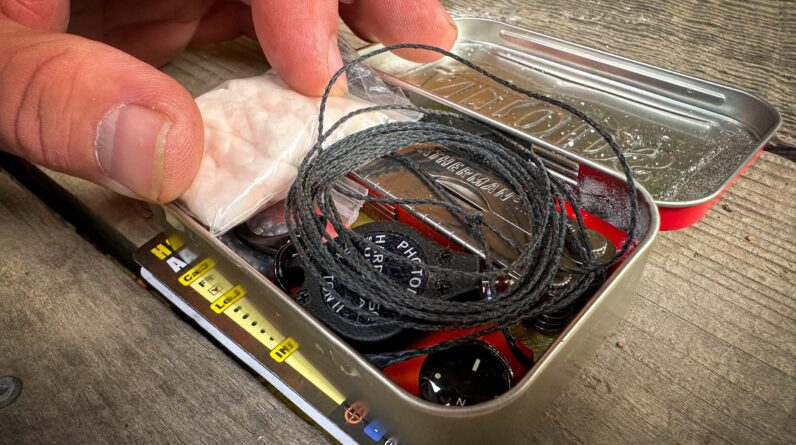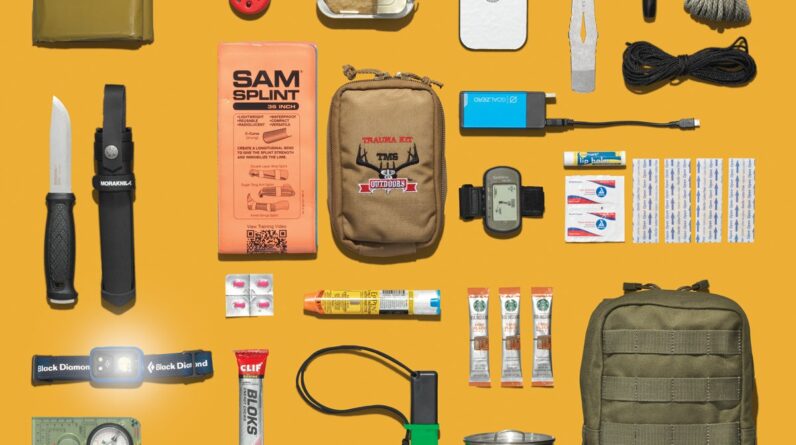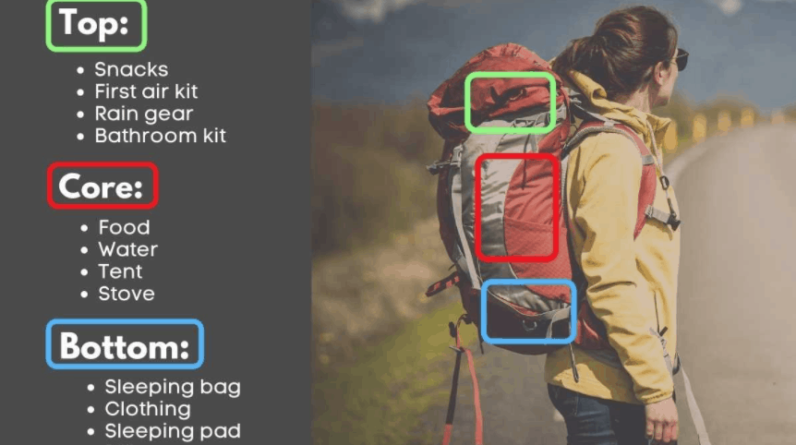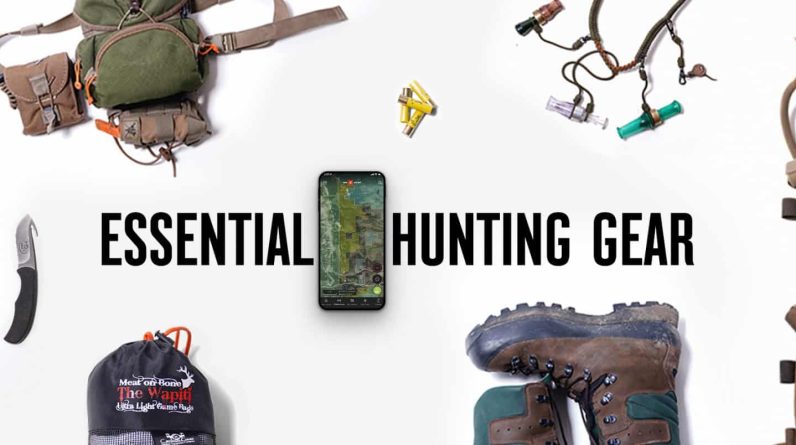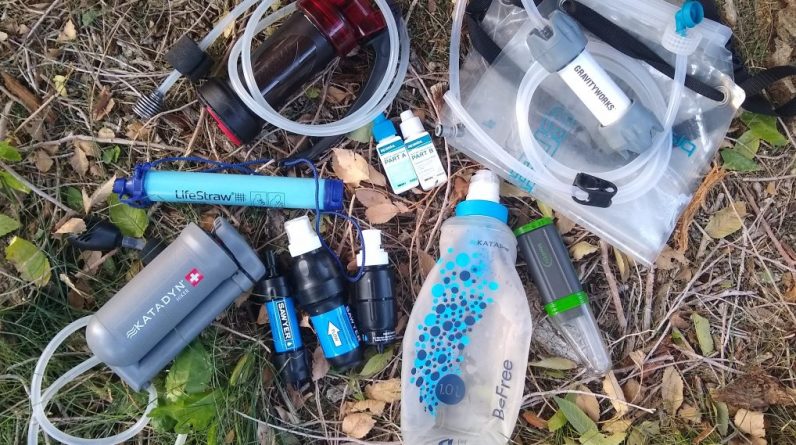
Have you ever wondered how to pack your backpack for a multi-day hiking trip? Well, you’re in luck because we’ve got some top tips for you! Packing your backpack effectively is crucial for a successful and enjoyable hiking experience. In this article, we’ll cover everything you need to know about packing your backpack, from organizing your gear to distributing weight properly. So, let’s dive in and learn how to pack like a pro!
When it comes to packing for a multi-day hiking trip, organization is key. Start by making a checklist of all the essential items you’ll need, such as a tent, sleeping bag, cooking utensils, clothing, and food. Lay out these items in groups and separate them into compartments or stuff sacks. This way, you’ll have easy access to everything you need without having to rummage through your backpack.
Another important aspect of packing is distributing the weight of your gear evenly. Place heavier items closer to your back and toward the center of your backpack. This will help distribute the weight more evenly and prevent your backpack from feeling imbalanced or causing strain on your back. Remember, a well-balanced backpack will make your hiking experience much more comfortable and enjoyable.
In our upcoming article, we’ll delve deeper into each aspect of packing your backpack for a multi-day hiking trip. We’ll discuss the different packing techniques, how to choose the right backpack size, and provide you with some additional tips and tricks. So, stay tuned and get ready to become a packing expert for your next hiking adventure!
This image is property of lh4.googleusercontent.com.
Choosing the Right Backpack
Consider the duration of your trip
When it comes to choosing a backpack for your multi-day hiking trip, the first thing you need to consider is the duration of your trip. If you’re embarking on a short weekend getaway, a smaller backpack with a capacity of around 30-50 liters should suffice. However, if you’re planning a longer adventure lasting several weeks, you’ll need a larger backpack with a capacity of 50-70 liters or more.
Decide on the appropriate size and capacity
Once you’ve determined the duration of your trip, it’s important to decide on the appropriate size and capacity for your backpack. Consider the amount of gear you’ll be carrying, as well as any additional items you may need to pack, such as food, water, and personal items. Keep in mind that a larger backpack may provide more storage space, but it can also be heavier and more cumbersome to carry.
Check for a comfortable fit
When it comes to choosing the right backpack, comfort is key. Look for a backpack with adjustable shoulder straps, a padded hip belt, and a ventilated back panel for added comfort and support. It’s also a good idea to try on the backpack and adjust the straps to ensure a proper fit. A properly fitting backpack will distribute the weight evenly across your shoulders and hips, reducing strain and preventing discomfort during your hike.
Organizing Your Gear
Make a gear checklist
Before you start packing, it’s important to create a gear checklist. This will help you ensure that you have all the necessary equipment and prevent you from forgetting any essential items. Your gear checklist should include items such as a tent, sleeping bag, cooking equipment, clothing, toiletries, and any other gear you’ll need for your trip.
Categorize and prioritize your items
Once you have your gear checklist, it’s time to categorize and prioritize your items. Divide your gear into categories such as clothing, camping equipment, food, and personal items. This will make it easier to pack and locate your items when you need them. Prioritize your items based on their importance and how often you’ll need to access them during your hike.
Pack heavier items at the bottom
When packing your backpack, it’s important to distribute the weight evenly to maintain balance and stability. Pack heavier items such as your tent and camping equipment at the bottom of your backpack, closer to your back. This will help stabilize the weight and prevent your backpack from feeling top-heavy. It’s also a good idea to pack items that you won’t need until you set up camp, such as your sleeping bag and extra clothing, towards the bottom of your backpack.
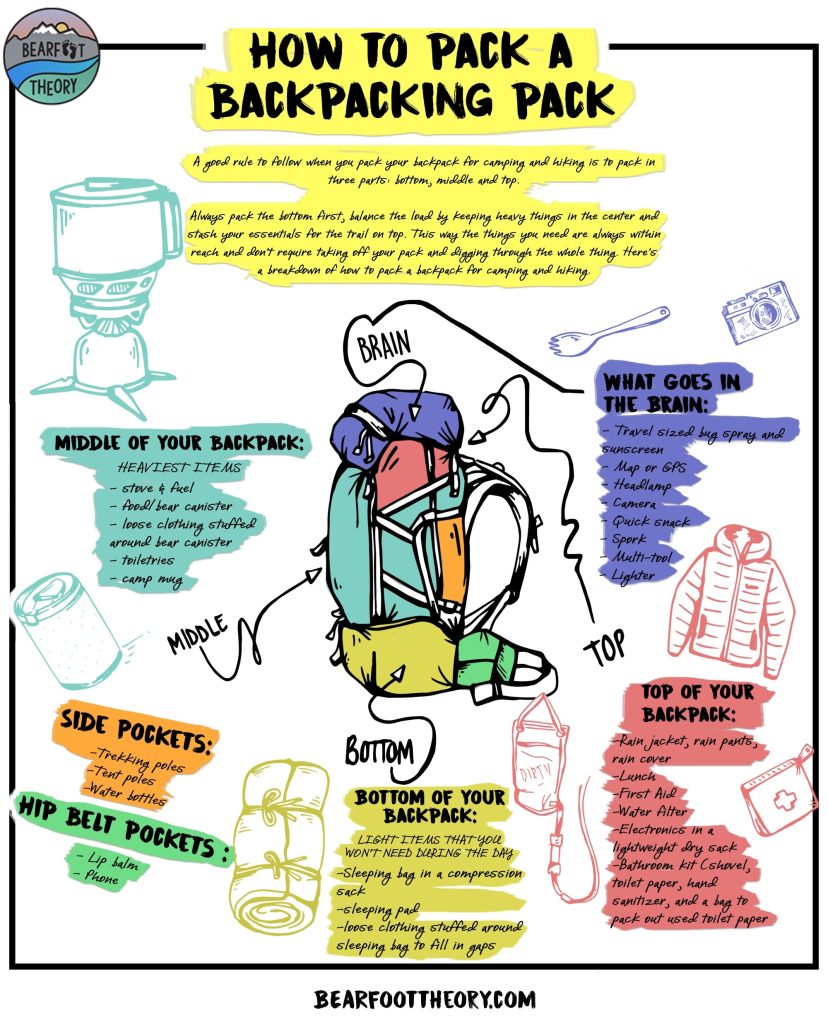
This image is property of bearfoottheory.com.
Utilizing Packing Techniques
Roll your clothes instead of folding
When it comes to packing clothing, rolling your clothes instead of folding them can save valuable space in your backpack. Rolling your clothes also helps reduce wrinkles and makes it easier to locate specific items in your backpack. Start by laying your clothing flat, then roll them up tightly. Pack these rolled clothes into packing cubes or simply place them directly into your backpack.
Use packing cubes or compression sacks
Packing cubes or compression sacks are a great way to organize and maximize the space in your backpack. These lightweight and durable cubes or sacks can compress your clothing and gear, allowing you to fit more items into your backpack. They also help keep your items organized and easily accessible. Place items such as clothing, toiletries, and smaller gear into separate cubes or sacks, and pack them into your backpack accordingly.
Fill empty spaces with smaller items
To make the most of the available space in your backpack, be sure to fill any empty spaces with smaller items. This could include items such as socks, underwear, or small accessories. By utilizing these unused spaces, you can optimize the capacity of your backpack and ensure that everything fits snugly.
Properly Storing Food and Water
Separate food from other items
When packing food for your multi-day hiking trip, it’s important to keep it separate from your other items. This helps prevent any spills or leaks from contaminating your gear. Use separate compartments or waterproof bags to store your food, and be sure to seal any containers tightly. It’s also a good idea to pack your food in smaller portions to minimize space and weight.
Opt for lightweight and compact food options
When it comes to packing food for your hike, choose lightweight and compact options that provide the necessary nutrients and energy. This could include dehydrated meals, energy bars, trail mix, and dried fruit. These types of food have a longer shelf life and are easier to pack than bulky canned goods or fresh produce.
Carry a sufficient amount of water
Water is essential for any hiking trip, especially for multi-day adventures. Make sure to carry a sufficient amount of water based on the length of your trip and the availability of water sources along your route. Consider using a hydration bladder or water bottles that are lightweight and easy to pack. It’s also a good idea to bring a portable water filter or purification tablets in case you need to refill from natural water sources.
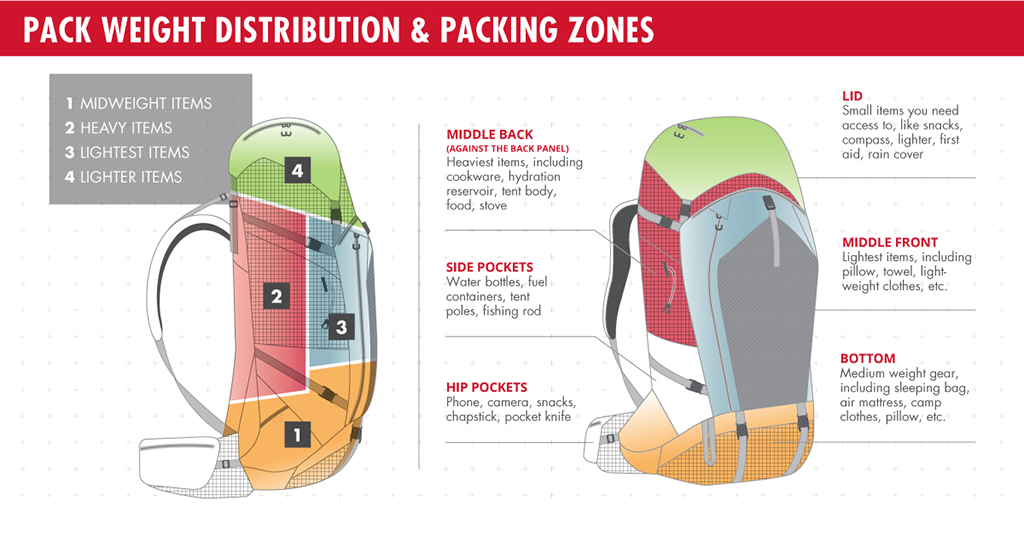
This image is property of www.msrgear.com.
Considering Weather Conditions
Pack appropriate clothing layers
When planning for your multi-day hiking trip, it’s important to consider the weather conditions you may encounter. Pack a variety of clothing layers that can be easily added or removed to adapt to changing temperatures. This could include base layers, mid-layers, a warm jacket, and a waterproof outer layer. Opt for moisture-wicking and quick-drying fabrics that will keep you dry and comfortable throughout your hike.
Include rain gear and protection from the elements
Regardless of the weather forecast, it’s always a good idea to pack rain gear and protection from the elements. This could include a lightweight rain jacket, rain pants, and a waterproof cover for your backpack. These items will help keep you dry during unexpected rain showers and protect your gear from getting wet.
Take extra precautions for extreme weather
If you’re planning to hike in extreme weather conditions, it’s important to take additional precautions. This could include packing extra insulation layers, such as a down jacket or fleece, to keep warm in cold temperatures. It’s also important to pack additional sun protection, such as a hat and sunscreen, to protect yourself from intense UV rays in hot and sunny conditions.
Including Essential Gear
Don’t forget navigation tools (map, compass, GPS)
Navigation tools are essential for any hiking trip, especially for multi-day adventures. Be sure to pack a map, compass, or GPS device to help you navigate your route. Familiarize yourself with the area and study your map before setting off. It’s also a good idea to download offline maps or use a navigation app on your smartphone as a backup.
Carry a first aid kit and necessary medications
A comprehensive first aid kit is an essential item to have in your backpack. It should include basics such as bandages, adhesive tape, antiseptic wipes, pain relievers, and any personal medications you may need. Familiarize yourself with the contents of your first aid kit and know how to use them effectively.
Bring a multipurpose tool or knife
A multipurpose tool or knife is a versatile and handy item to have in your backpack. It can be used for various tasks such as cutting rope, opening cans, or repairing gear. Look for a lightweight and compact tool that fits comfortably in your backpack.
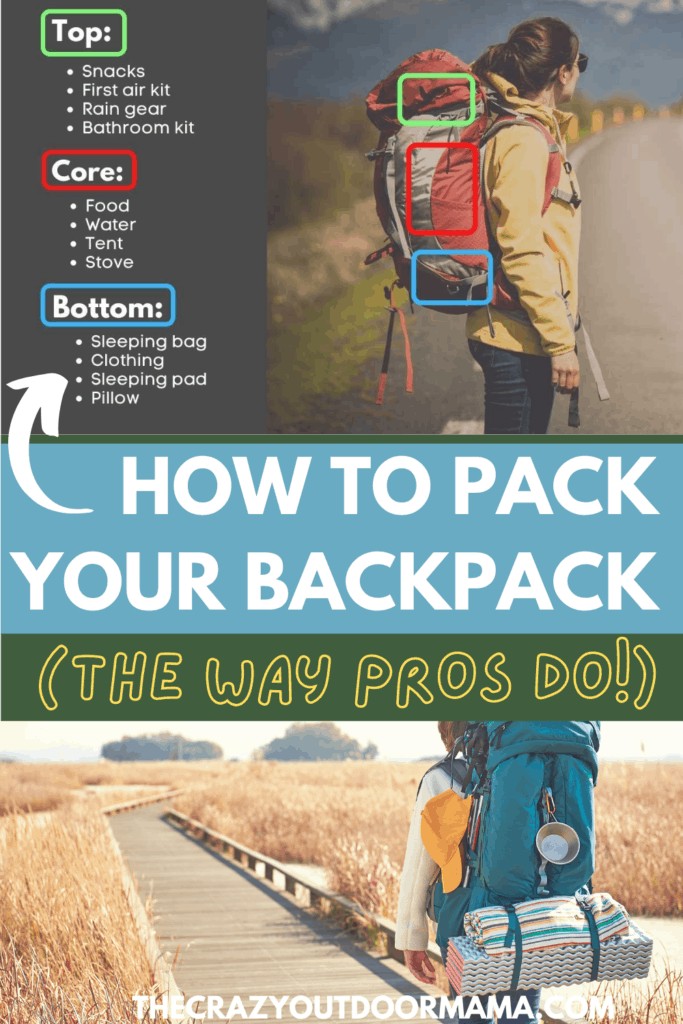
This image is property of www.thecrazyoutdoormama.com.
Protecting Your Gear
Invest in a quality rain cover or waterproof bag
To protect your gear from rain and moisture, it’s important to invest in a quality rain cover or waterproof bag for your backpack. This will help keep your gear dry and prevent any water damage. Make sure the rain cover fits securely and covers the entire backpack.
Consider using dry bags for extra protection
In addition to a rain cover, consider using dry bags for extra protection. Dry bags are waterproof and can be used to store items such as electronics, clothing, or other gear that needs added protection. They come in various sizes and can be easily packed into your backpack.
Avoid leaving valuables exposed
To prevent theft or damage, it’s important to avoid leaving valuables exposed in your backpack. Keep items such as your wallet, phone, and camera in a secure and easily accessible pocket or compartment. Consider using a small lock to secure your backpack when you’re not around.
Distributing Weight and Balance
Center your heaviest items towards the middle
When packing your backpack, it’s important to distribute the weight evenly for optimal balance and stability. Center your heaviest items, such as your tent or stove, towards the middle of your backpack, closer to your back. This helps maintain balance and prevents your backpack from feeling lopsided.
Balance the weight evenly between sides
Another important aspect of distributing weight and balance is to balance the weight evenly between the sides of your backpack. This helps prevent strain on one side of your body and promotes a more comfortable hiking experience. Pack items of similar weight on each side and make adjustments as needed.
Use the hip belt for additional support
To relieve some of the weight from your shoulders and back, utilize the hip belt on your backpack. The hip belt helps transfer the weight to your hips, which are better equipped to handle the load. Adjust the hip belt to fit snugly and comfortably around your hips, and tighten it as needed during your hike.

This image is property of herpackinglist.com.
Accessibility and Organization
Place frequently used items in easy-to-reach pockets
To ensure easy access to frequently used items, place them in easy-to-reach pockets or compartments on your backpack. This could include items such as your water bottle, snacks, sunglasses, or a trail map. Having these items readily available will save you time and hassle on the trail.
Use color-coded bags or labels for quick identification
To make it easier to locate specific items in your backpack, consider using color-coded bags or labels. Assigning different colors to different categories, such as clothing, gear, or toiletries, can help you quickly identify and retrieve items when needed. This also helps keep your gear organized and prevents you from rummaging through your entire backpack.
Keep a separate compartment for wet or dirty items
To keep your clean gear separate from wet or dirty items, it’s a good idea to have a designated compartment or bag for these items. This will prevent cross-contamination and keep your gear clean and dry. Consider using a waterproof bag or a dedicated wet/dry storage compartment in your backpack.
Conclusion
Properly packing a backpack for a multi-day hiking trip is essential for comfort, convenience, and safety. By following these top tips, you can optimize your packing strategy and enjoy your adventure with ease. Remember to consider the duration of your trip, choose the appropriate backpack size and capacity, and ensure a comfortable fit. Organize your gear with a checklist, pack using efficient techniques, and store food and water properly. Consider weather conditions, include essential gear, protect your belongings, distribute weight evenly, and ensure accessibility and organization. With these top tips, you’ll be well-prepared for your multi-day hiking trip and ready to embark on your adventure with confidence.

